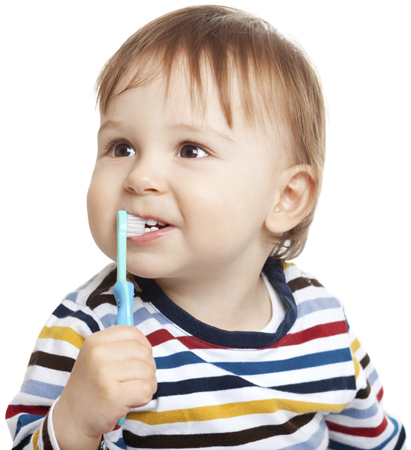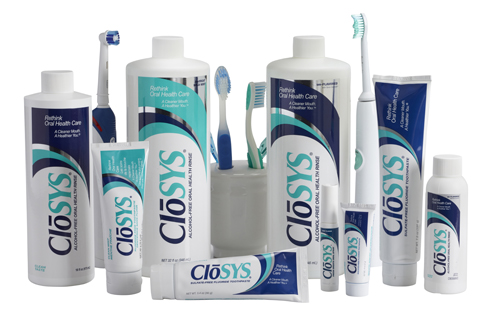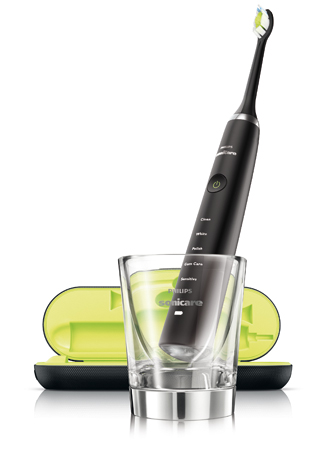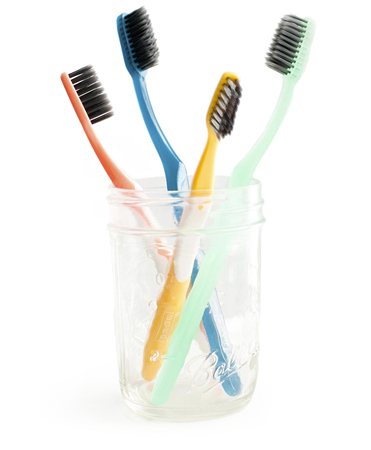
February is a great time to recognize the importance of oral health for children and effectively get your child interested in good oral hygiene. Parents can help children get a good start on a lifetime of healthy teeth and gums by modeling good behavior, developing good habits at an early age, and scheduling regular dental visits.
It can even start as early as in infancy by familiarizing your child with the feel of a soft infant toothbrush or wet wash cloth as you clean their gums after mealtimes. Give your child, even if they don’t have teeth, a soft bristle toothbrush so they can copy mom or dad. They will do it!
Even well intentioned parents don’t always have a clear understanding of things to watch out for with their little ones’ mouth. Here are a few truths to know about tooth care.
Impact of Sugary Foods and Snacks on Children’s Oral Hygiene
Everyone has bacteria in their mouths, and bacteria love sugar! It only takes about 20 seconds for your mouth’s bacteria to convert sugar into the acid that destroys tooth enamel. Worse yet, that acid is active for about 20 to 30 minutes. So the amount of sugar, and how often it’s eaten, are very important for parents to monitor.
The less sugar in your child’s diet, the better for their teeth and overall health. For snacking, fresh fruits and vegetables are the best. Popcorn and nuts are good runner-ups. If you give your child candy or sweet treats, do it after a meal when the flow of saliva is higher to help wash the sugar away. Brushing and rinsing after a sweet snack is also a good idea. At the very least have the child rinse with water.
Impact of Soda, Juice and Bottled Water on Children’s Oral Hygiene
Sugar comes in many forms. Some obvious foods that contain sugar are candy and candy bars. But juice is a big culprit, too. Yes, you want to keep your child hydrated, but sugary drinks like juice and soda aren’t the best way to do it. When children, or anyone, drink sugary drinks throughout the day, the acid that’s created from the mouth’s bacteria/sugar combination just keeps being produced. So all day long, acid is working on destroying teeth. When it comes to juice, give your child only 4 to 6 ounces per day as a part of a meal or snack. Avoid using juice boxes as a convenient on-the-go drink of choice. A better choice would be water.
Also avoid letting your child fall asleep with a bottle of juice in their mouth. That’s like soaking your child’s teeth in a pool of sugar while they sleep! Water is best for your child. And although bottled water is convenient, be aware that bottled water may not contain enough fluoride needed to help your child’s teeth. Some bottled water contains fluoride and some don’t. And sometimes the amount of fluoride in bottled water is listed on the label and sometimes it isn’t. Most tap water has fluoride to aid in the fight against tooth decay.
The Use of Fluoride
Fluoride is good for teeth because it helps prevent tooth decay. However, in developing teeth, too much fluoride can damage the teeth by causing dental fluorosis. Dental fluorosis affects the tooth’s enamel. Milder cases are barely noticeable white flecks on the teeth, whereas more severe cases can include heavy staining or even very visible pitting and pocking.
Children under eight years of age are the most susceptible because that’s the age of developing permanent adult teeth, and dental fluorosis works on damaging teeth when the teeth are still under the gum line. Once teeth have erupted, they are no longer at risk. Dental fluorosis is the reason you should use a non-fluoride (training toothpaste) on children under the age of two, and only a very small (pea-sized) amount of fluoride toothpaste for children two to six years of age.
Baby Bottle Tooth Decay
Tooth decay in infants and toddlers is often called baby bottle tooth decay. It’s also called early childhood caries (cavities). Baby bottle tooth decay most often occurs in the upper front teeth, but other teeth may also decay.
The biggest cause of baby bottle tooth decay is when a baby naps or sleeps with a bottle full of milk or juice, or is given a bottle rather than a pacifier for comfort. As the liquid passes out of the nipple into the infant’s mouth, it just sits in the mouth as the baby relaxes, stops sucking, and falls asleep. That means the developing teeth soak in the liquid’s sugar while the baby sleeps. That’s not good for developing teeth.
How to prevent baby bottle tooth decay:
- Don’t put your child to bed or lay them down for a nap with a bottle of juice or sugary drinks
- Put only formula or milk in baby bottles; avoid filling bottles with juice or soft drinks
- Have your infant finish the bottle before naptime or bedtime
- Don’t dip pacifiers in sugar or honey
- After each feeding, wipe your child’s gums with a clean, damp gauze pad or washcloth.
- When your child’s teeth come in, brush them gently with a child-size toothbrush and water
- Encourage healthy eating habits
- Schedule your child’s first dental visit as soon as your child’s first tooth appears and no later than your child’s first birthday
For the entire month of February, Smile Wide Dental is partnering with Henry Schein and the American Dental Association (ADA) to offer free dental screenings to underserved children through the “Give Kids A Smile” program. The “Give Kids A Smile program” provides around 5 million underserved children each year without access to dental care the opportunity to receive oral treatment from local dentists and orthodontist in their area.

CloSYS
CloSYS contains mild polishing agents that work to whiten teeth and remove stains (and kills 99.9% bacteria in ten seconds), without the abrasive nature of some toothpastes. The line is alcohol-free, Triclosan-free, gluten-free and does not contain sulfates, which has been linked to allergies, mouth ulcers and canker sores.
From $6.99 for Flouride-Free 3.4 oz paste, www.closys.com)

Sonicare for Kids and Adults
Kids will love decorating their rechargeable toothbrush and the fact that it is Bluetooth enabled to connect to an app to help them better brush. Parents will love the proven track record the elegant DiamondClean brush boasts, as well as the contactless glass recharger (use to rinse after charging) and usb-enabled travel case to keep things humming on the road.
$49/$299, www.usa.philips.com

Boka Box
If you forget to refresh your toothbrushes every three months as recommended for hygiene and effectiveness, or have a reluctant brusher or forgetful tween, add a pop of pizazz with these all-natural black bristled beauties. Made of Binchotan charcoal, they do more than just look good. The soft bristles reduce odor-causing bacteria.
From $14.95 quarter, www.boka.com
By Trisha O’Hehir, RDH









Laurie says
Your child is never too young to start them on the right path in regards to good oral hygiene. Great tips and information, thanks for sharing!